
Glossary
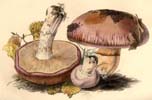
Mushrooms


People
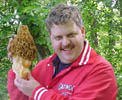
Newsletter

Events
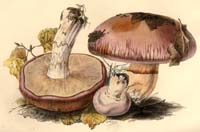 Key to Gilled Mushrooms Key
Key to Gilled Mushrooms Key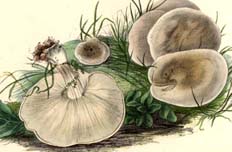 Agaricales Order
Agaricales Order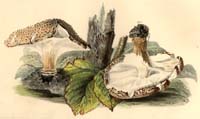 White Spored Suborder
White Spored Suborder Tricholomataceae Family
Tricholomataceae Family Lignicolous Trich Subfamily
Lignicolous Trich Subfamily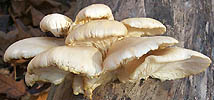 Tough LignoTrich Tribe
Tough LignoTrich Tribe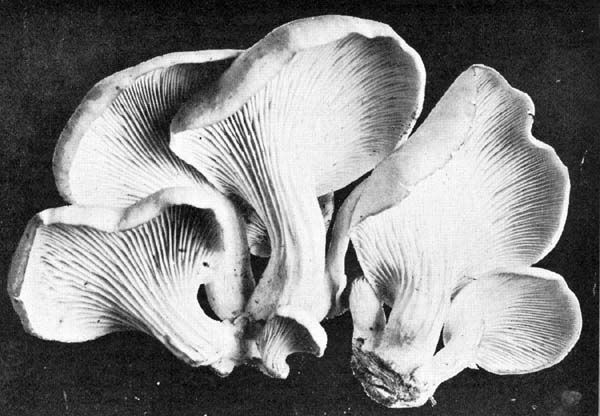
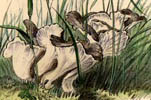 Hohenbuehlia Genus
Hohenbuehlia Genus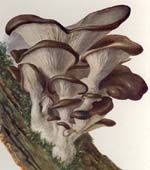 Pleurotus Genus
Pleurotus GenusLookalikes:Panus strigosus
Panellus serotinus
|
 Glossary |  Mushrooms |  |  People |  Newsletter |  Events |